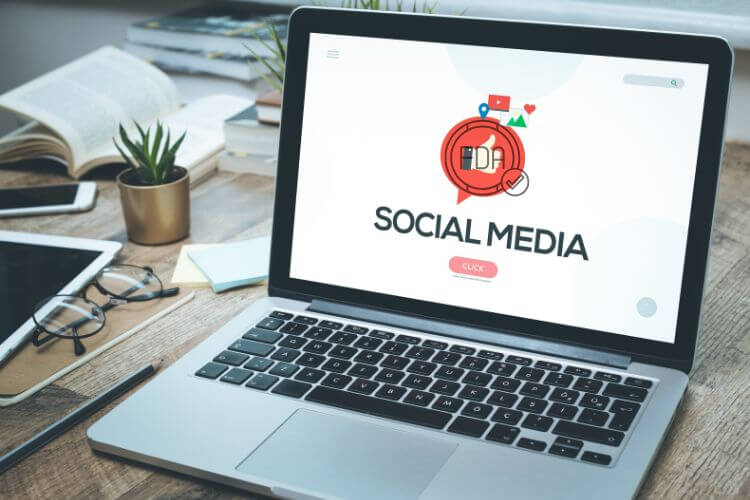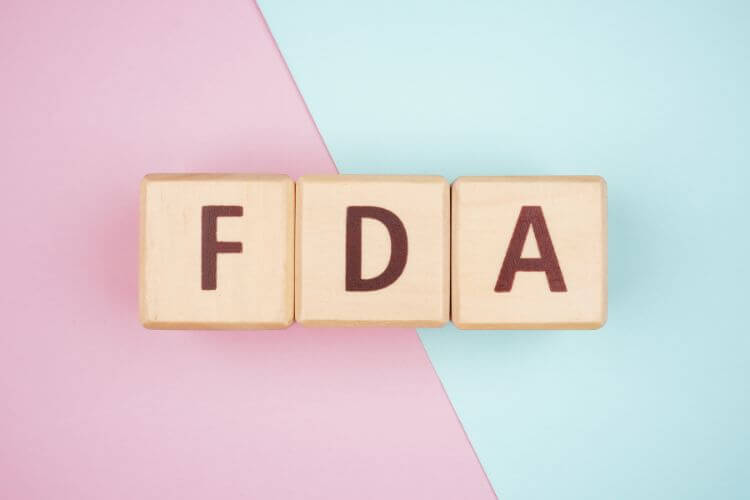Introduction: The Importance of FDA Social Media Guidelines
In today’s digital landscape, the Food and Drug Administration (FDA) plays a pivotal role in overseeing how Pharmaceutical and medical device companies must ensure that their social media presence complies with FDA regulations. Promote their products online, new regulations may further impact the use of social media in the drug and device sectors. With the proliferation of social media use, these businesses are confronted with the dilemma of developing interesting content that must meet stringent regulatory requirements. Failure to comply will result in extreme repercussions, including legal prosecution and loss of business reputation.
Understanding the FDA’s Role in Social Media Regulation

The FDA has established guidelines to ensure that promotional content on social media is truthful and balanced, and companies must ensure that their content adheres to regulatory requirements in accordance with current thinking. Non-misleading. The guidelines are paramount in upholding public confidence and ensuring that customers are provided with correct information on medical products, the draft guidance for the industry, and the recent FDA social media guidelines.
Key Regulatory Documents
- Internet/Social Media Platforms with Character Space Limitations: This guidance addresses how to present risk and benefit information within the constraints of platforms like Twitter.
- Addressing Misinformation: About Medical Devices and Prescription Drugs is crucial for companies to correct misinformation. This document provides strategies for companies to correct third-party misinformation without violating FDA policies and while following the availability of draft guidance.
Challenges of Character Space Limitations on Social Media

Social media sites tend to have character limits, so it is hard to present complete information. Clear information regarding medical products must be provided, including revealing risk information.
Strategies to Overcome These Limitations
- Utilize Abbreviations Carefully: While abbreviations can save space, ensure they are widely understood and do not compromise clarity.
- Incorporate Hyperlinks into your social media strategy to enhance user engagement: Direct users to detailed information pages where they can learn more about the product’s risks and benefits, including questions and answers that are presented together with benefit information.
- Prioritize Essential Information by ensuring that all information is presented together for clarity: Focus on the most critical risk and benefit details in the post, with additional information accessible via social media tools and links.
Correcting Misinformation on Social Media
Misinformation about medical products can spread rapidly online, posing risks to public health.
FDA’s Stance on Addressing Misinformation
The FDA recommends that companies address false or misleading information shared by third parties. When correcting this, it’s important to give accurate, non-promotional information that is consistent with FDA-approved labeling.
Best Practices for Correction
- Timely Response: Address misinformation promptly to prevent its proliferation.
- Transparency: Clearly disclose the company’s affiliation when providing corrective information.
- Non-Promotional Tone: Emphasis on factual corrections without deviating into promotional tone.
Crafting FDA-Compliant Social Media Content

Creating content that is both engaging and compliant requires a strategic approach.
Do’s
- Present Balanced Information: Ensure that both benefits and risks are clearly communicated.
- Use Plain Language: Avoid medical jargon to make content accessible to a broader audience.
- Include Necessary Disclaimers: Even within character limits, incorporate essential disclaimers or link to them.
Don’ts
- Avoid Overstating Benefits: Do not exaggerate the efficacy of the product; instead, provide accurate benefit information for prescription drugs.
- Omit Risk Information: Never exclude potential risks associated with the product.
- Use Ambiguous Language: Clarity is crucial; avoid terms that can be misinterpreted.
HIPAA Compliance in Social Media Marketing

Protecting patient privacy is paramount, especially on public platforms.
Ensuring Compliance
- Avoid Sharing Personal Health Information (PHI): Never reveal patient identities or health information without direct consent.
- Implement Staff Training: Train employees on HIPAA laws and the need for confidentiality online.
- Regular Audits: Perform regular checks of social media posts to verify adherence to privacy guidelines.
Balancing Engagement with Regulatory Compliance
While creativity is essential in marketing, it must not compromise adherence to regulations.
Strategies for Effective, Compliant Marketing
- Develop a Robust Content Approval Process: Create a process by which all content is checked for adherence to the most recent guidance on social media prior to publication.
- Stay Updated with FDA Guidelines: Frequent visits to the FDA’s resources will keep marketing strategies in line with up-to-date regulations.
- Leverage Educational Content: Provide value to the audience through informative posts that position the company as a trusted authority.
Presenting Risk and Benefit Information Effectively
The FDA mandates that promotional materials present a balanced view of a product’s risks and benefits.
Practical Tips
- Simultaneous Disclosure: Present risk information alongside benefit claims to provide a holistic view, as recommended in the draft guidance for the industry.
- Use Clear Formatting: Utilize bullet points or separate sections to distinguish between risks and benefits clearly.
- Provide Easy Access to Detailed Information: Include links to comprehensive resources where users can learn more.
FAQs: Common Questions and Expert Answers
1. Can pharmaceutical brands run paid advertisements on social media?
Yes, but all ads must include FDA-compliant social media marketing disclosures, clearly stating both the benefits and risks of the product. Ads must also undergo The regulatory content approval process, which is critical for ensuring that risk information should be presented accurately.
2. How does the FDA enforce compliance on social media?
The FDA actively monitors social media presence to ensure compliance with regulations regarding the disclosure of risk information. Pharmaceutical and medical device companies through digital tracking. If violations occur, the FDA may issue a federal registration notice. FDA issues regarding social media platforms with character limits. Warning letters or taking further legal action.
3. Are healthcare influencers allowed to promote FDA-regulated products?
Yes, but influencers must fully disclose sponsorships and ensure their statements align with FDA social media guidelines emphasize the use of social media tools.. Any company can benefit from a comprehensive social media strategy that complies with FDA regulations and includes risk information presented together with benefit information, especially in light of the agency’s guidelines announced in July 2024. The misleading claims or misinformation could hold both the company and the influencer legally accountable.
4. What should companies do if a third-party site shares false information about their medical products?
If misinformation is created or disseminated by independent third parties, which the FDA does not intend to overlook., companies can correct the information without making promotional claims and ensure that all posts comply with the draft guidance for the industry. It is advisable to refer back to official FDA-approved documentation from Rice L.L.C.
5. Can pharmaceutical companies interact with patients via direct messages (DMs) on social media?
Companies should be cautious about direct messaging due to HIPAA. Social media policies must be adhered to when using social media platforms, especially regarding the inclusion of other product information. DMs should not contain misinformation, especially when discussing Baker Sterchi’s drug, as the FDA uses strict guidelines to regulate such communications. Patient data or medical advice. Instead, they should direct users to official FDA social media accounts. Customer service channels.
6. What are the consequences of non-compliance with FDA social media guidelines?
Violations of regulatory requirements can lead to additional recommendations for the inclusion of risk information in promotional materials.
- FDA warning letters
- Fines and penalties
- Content takedown requests are essential for companies to correct misinformation on social media platforms, as outlined in the draft guidance for the industry.
- Legal consequences, including bans on product promotions
Conclusion: Embracing Compliance in Digital Marketing
Navigating FDA social media guidelines is a complex yet essential part of Incorporating tech into pharma digital marketing strategies can enhance consumer engagement while ensuring the inclusion of other product information and compliance with FDA requirements. Pharmaceutical and medical device companies must strike a balance between creating engaging content and maintaining regulatory compliance.
By adhering to FDA regulations, brands can build credibility, reduce misinformation, and foster trust among consumers is essential for the use of social media in promoting FDA-approved documentation. To stay compliant with U.S. regulations, use social media responsibly:
✔ Follow the guidance for industry to ensure compliance with FDA regulations. FDA social media policy and its implications for companies’ social media presence. For all digital content.
✔ Ensure benefit and risk information is clearly presented in accordance with the draft guidance.
✔ Avoid Exaggerated or misleading claims can lead to distrust among consumers and must be addressed through the company’s corrective information.
